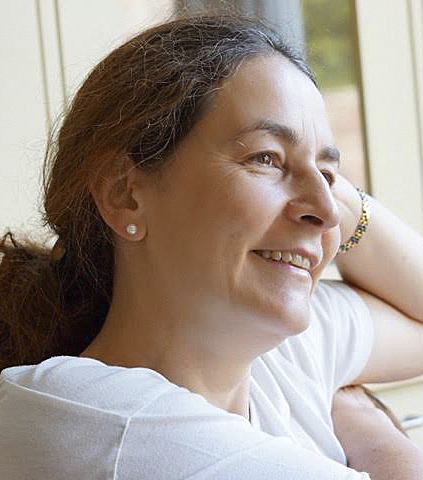Bartók: Piano Concertos
Pierre-Laurent Aimard (piano); San Francisco Symphony/Esa-Pekka Salonen
Pentatone PTC 5187 029 79:27 mins
Bartók’s three piano concertos always make a rewarding trilogy as they are so different from one another. The first (1926) is vibrant with the influence of Stravinsky, resonant with percussion and percussiveness; the second followed in 1930/31 and is, if anything, still more fiendishly difficult to play. The third, which was left incomplete upon Bartók’s death in 1945, was a gift for his wife, Ditta Pásztory, and shines with lyricism and love. They’re not short of fine recordings and this one promises much, its pianist feted as probably today’s finest exponent of contemporary music for the instrument (Aimard was the favourite pianist of Ligeti, no less, and the dedicatee of some of his Etudes). There is much playing here of a clarity, velocity and exactitude that can make the jaw drop, and he, Salonen and the San Francisco Symphony seem to be on the same conceptual page throughout.
Nevertheless, at times the result comes across as somewhat clinical. No. 2 is arguably the most impressive in the set, with dazzling pianism aplenty, yet the ‘night music’ of the second movement lacks an extra edge of atmospheric intensity. One could also long for extra bite in No. 1 and much more tenderness to No. 3. The sound quality is not especially helpful either, with an over-resonance that interferes with, for example, the drum-heavy No. 1. Compared with, for instance, the joie de vivre that bounds out of Jean-Efflam Bavouzet’s recording of the three with the BBC Philharmonic and Gianandrea Noseda (released via Chandos in 2010), or the elemental fieriness that powers Krystian Zimerman, Pierre Boulez and the Chicago Symphony Orchestra in No. 1, Aimard and Salonen seem technically excellent but emotionally over-restrained. Jessica Duchen
